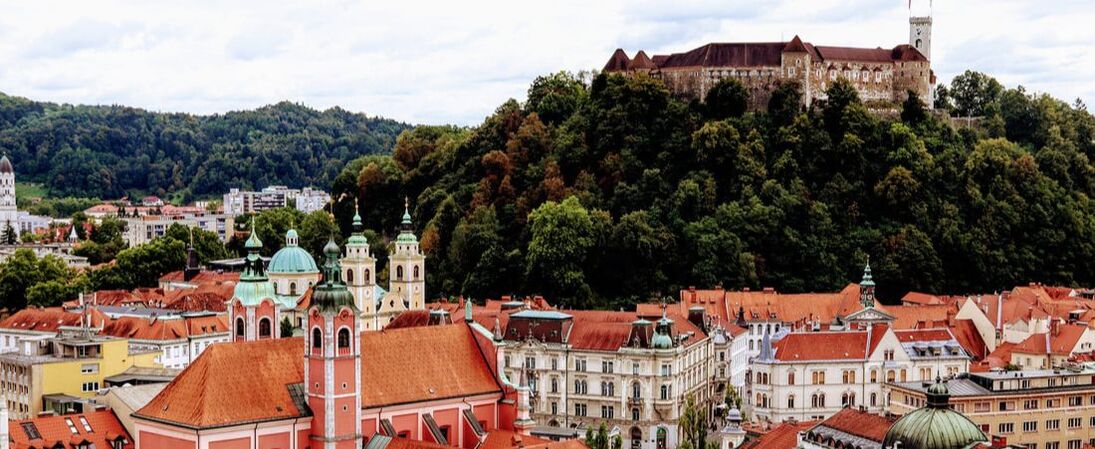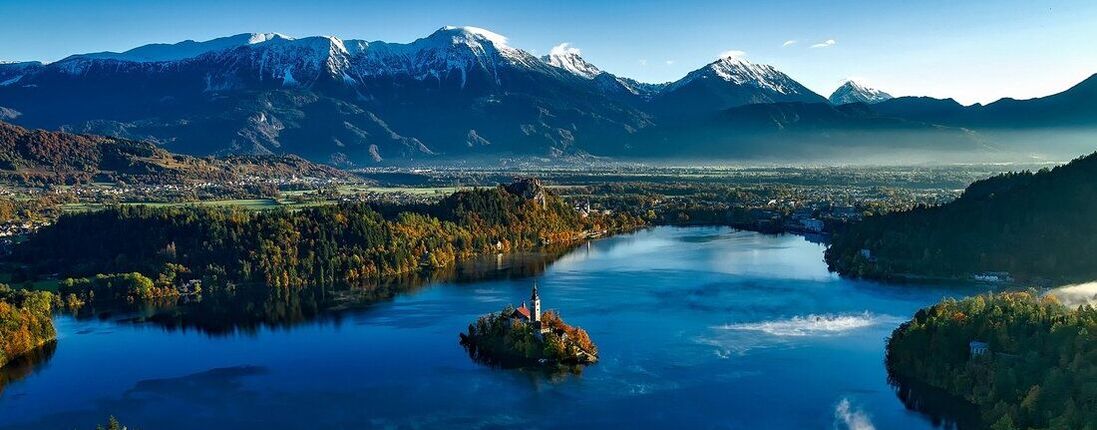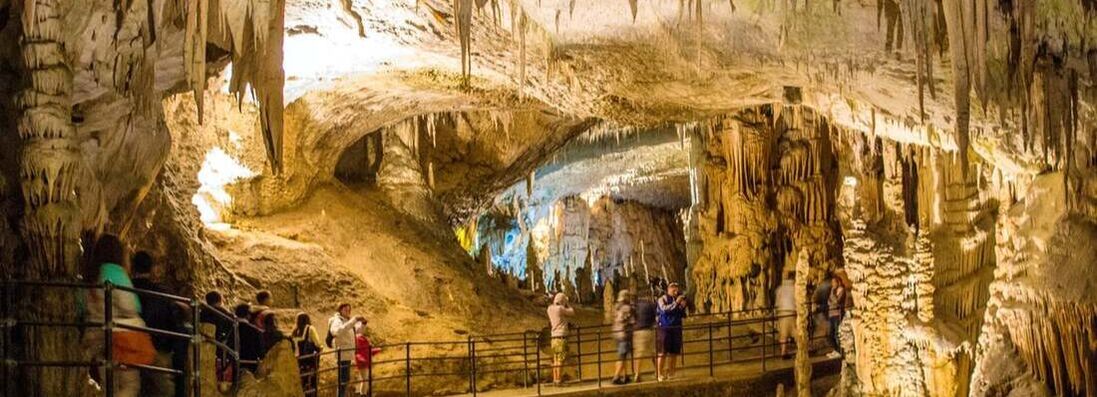MARIBOR
Maribor is the second largest city in Slovenia and the capital of Štajerska (Styria) region. At the same time, Maribor is pleasantly small and set in the wonderful natural surroundings of Pohorje hill on one side and wine growing hills on the other, with Drava river wending its way through it. With its diversity and quality offers, surrender to the best that can be offered in one of Slovenia's key tourist destinations! Maribor carried the prestigious title of European Capital of Culture in 2012 and European Youth Capital in 2013.
The rich wine tradition of the oldest vine tree in the world, which is more than 400 years old, the throb of the city with its thriving cultural history, the location between wine growing hills and green Pohorje and the diverse possibilities for exploring, recreation, relaxation, entertainment and meetings will convince you that Maribor has a heart and soul and that the inhabitants of Maribor are excellent hosts. Maribor and Slovenia in general are considered as one of the safest places in Europe.
The city streets all lead to one of the most beautiful town parks in Slovenia. Climb up Piramida and Kalvarija, the town's wine growing hills that have marvellous views. And go down in the wine underworld to one of the oldest and largest wine cellars in Europe. By all means take a ride on a traditional raft, as this exciting experience offers an attractive vista of Lent by the river. Be caught in the whirligig of events, from the Festival Lent lasting 2 weeks in June and July, the Old Vine Festival, Musical September, the theatre festival ‘Borštnikovo srečanje’ to the Golden Fox FIS Ski World Cup race in February and numerous other happenings like football matches of FC Maribor (Europa League, Champions League) and many other, which enliven Maribor's everyday life.
|
|
|
|
PTUJ
Ptuj (in latin: Poetovium/Poetovio) is the oldest town in Slovenia, and is located only around 25km from Maribor. Town has a population of about 18.000, which makes it is the 8th largest city. Ptuj consists of beautiful historic buildings (which are protected as monuments), stoned narrow streets and a majestic castle with a great view of the town.
PANONNIAN REGION
From the left riverbank to the Austrian and Hungarian border lies the region known as Prekmurje, which means 'Over Mura river'. We could say that the region is Slovenia’s gateway to the great Pannonian Plain. Prekmurje is a flat land covered by cornfields, characterised by long roadside villages visited by storks, which return there each year.
LJUBLJANA
Ljubljana is the capital of our state, but it is small and pretty, easy to get around, and full of surprises. While during winter it is its dreamy central European character that prevails, during summer it has a relaxed Mediterranean feel to it. It is remarkable for its rich tradition, youthful vibrancy, cultural creativity, feel for entertainment, and numerous green spaces. Few places to visit: Ljubljana Castle, Dragon Bridge, Tivoli park, Three bridges on Prešeren square, Metelkova Art Centre, National Museum, Hostel Celica (used to be a prison), House of Illusion, and many more.
BLED
Bled is known for the glacial Lake Bled, which makes it a major tourist attraction in alpine region. In the middle of a lake is an island with the iconic church. Perched on a rock overlooking the lake stands the iconic Bled Castle. The town is also known in Slovenia for its vanilla and cream pastry (in Slovenian: kremšnita).
POSTOJNA CAVE
Karst topography is a landscape formed from the dissolution of soluble rocks such as limestone, dolomite and underground caves. Slovenia’s Karst Plateau has given its name to Karst landscape and Karst phenomena all over the world. Postojna cave is the largest cave in the “classic karst” and the most visited cave in Europe. It is a network of 20 kilometres of passages, galleries and chambers. In Postojna cave you can see a protected spieces, called 'Človeška ribica', which means a human fish or Olm. It has a fleshy human type of skin, no eyes as it was born in the dark, and can probably live longer than humans. Scientists are still trying to establish how many years can they live. They have been around for more than 20 million years.
PREDJAMA CASTLE
The Predjama Castle is perched halfway up a 123-metre cliff, where it was build more than 800 years. It is located near Postojna Cave, and also appears in the Guinness Book of Records as the largest cave castle in the world. The castle is also connected to the legend of the "robber baron" Erasmus of Predjama. Its uniqueness has not escaped the notice of the film industry and it has frequently served as a film set. As well as visiting the castle, you should also visit the Cave below the Castle, which is the second-longest show cave in Slovenia.
PIRAN AND COASTLINE
Piran is one of the most photogenic cities in the Mediterranean. Piran town is very proud of its various cultural and art establishments such as the Tartini theatre, coastal galleries, Maritime museum and Aquarium. Many national and international artists gather at the annual Ex-tempore. Throughout the year, many other cultural events take place.









